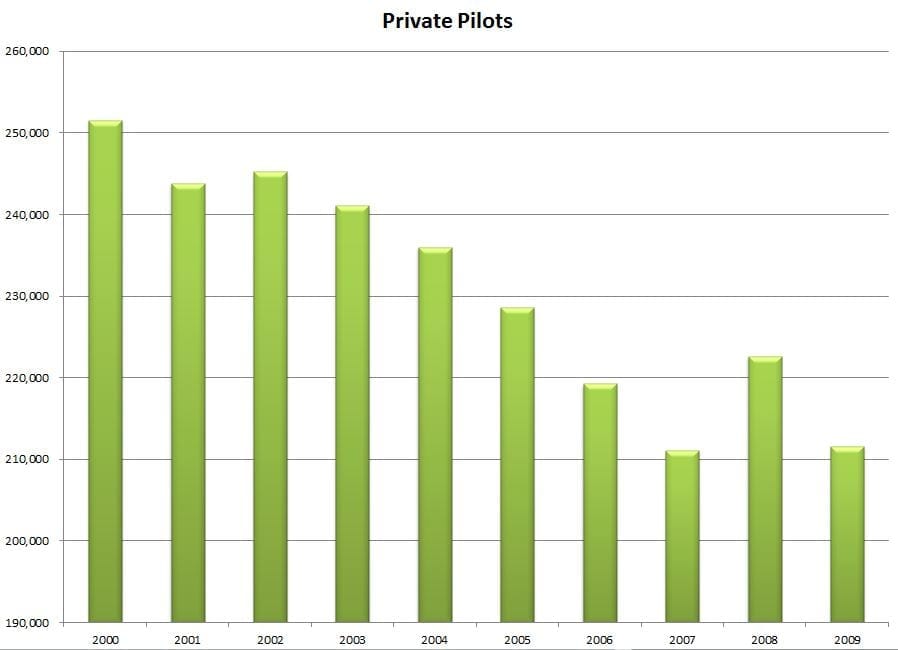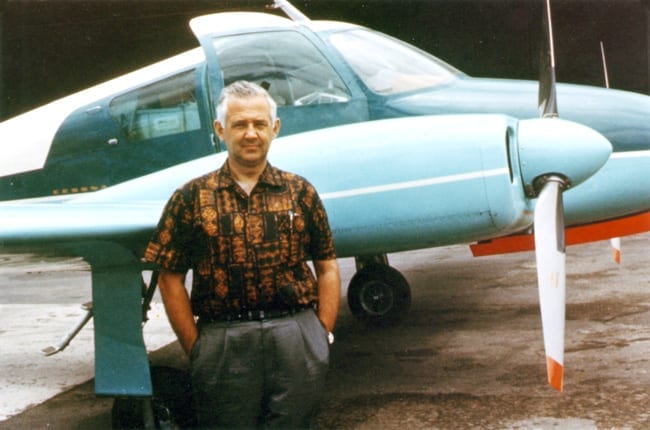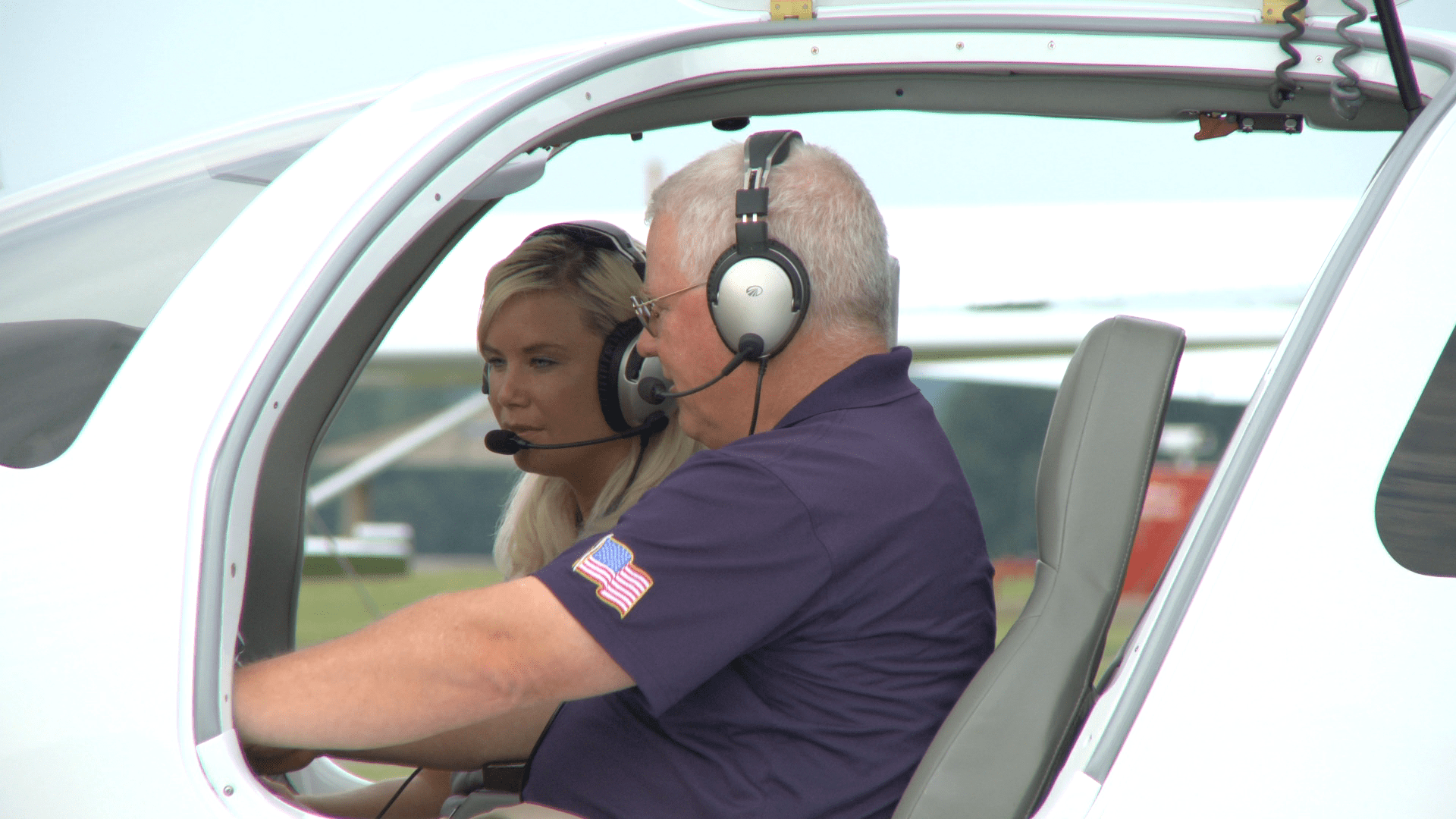
The sorry state of weather training
John's blogIt’s become fashionable to complain about the lack of stick and rudder training today--just tune into our long-running debate about stall training if you don't believe me. But before we run off and mandate 100 hours of taildragger training for every pilot, we should look at the numbers.

Geraldine Mock and the Spirit of Columbus
HistoryAsk the average person on the street, “Who was the first woman to fly around the world solo?” and you’ll likely hear, “Amelia Earhart.” Of course, they would be wrong. Ask that same question of a pilot and you’ll get a blank stare. That’s because most pilots know that someone must have done it, but they aren’t sure who.

Losing pilots
OpinionNew pilots have been declining for a while, this is nothing new. But why… well if we knew that as pilots we’d change it, wouldn’t we! Here are some ideas though and perhaps that will spark someone else into an idea how to solve it.

Cub love: is simpler really better?
John's blogHang around pilots long, and you’re sure to see someone get all teary-eyed about the J-3 Cub, Piper’s venerable taildragger that turns 75 this year. That yellow color, the open door, the grass in the tailwheel--it’s all part of the mystique. But for a while, I just didn’t get it.

Threat and Error Management: a primer
TechniqueBrent Owens, a new Air Facts writer, offers an introduction to Threat and Error Management--"defensive driving for pilots." He says it's not just for airline pilots, and that through anticipation, recognition and recovery, pilots can improve safety. Read on to learn what it's all about.

Letters on the pilot population
Special ReportIn addition to the hundreds of comments, we received some thoughtful letters to the editor about our recent Special Report on the declining pilot population. We've published a few of them here, and we invite your comments.

Your comments on the declining pilot population
Special ReportLast week, we launched a special report called Mayday! The declining pilot population. Five authors shared their thoughts on how things got so bad and how to turn them around, each with a unique perspective and interesting suggestions. As always at Air Facts, our readers really drive the conversation, and over 300 comments were written during the week.

Mayday! The declining pilot population
Special ReportThe dwindling number of pilots in the U.S.A. has the attention of a lot of people. There are currently far more questions than answers and it is unlikely that those answers will come from one source. To that end Air Facts is working to get a dialogue going.

Super long flights
Dick's blogAfter reading Dr. Stephen Gray’s article about his trans-Pacific flight in a Beech Duchess, I had one of those old deja vu all over again feelings. In the first years that I worked for Air Facts, starting in 1958, we reported on a number of long distance flights. Some were flown by Air Facts contributors who then wrote about their flights in our magazine.

Assessing necessity – wind tunnels at Cessna
HistoryOur Vice President of Engineering at Cessna during my time there in the Golden 1950s was sort of a contrary guy. He was absolutely sure that wind tunnel tests were a waste of time. But after heartfelt discussion, he reluctantly agreed to let us do it on the proposed Cessna 620.

6000 Miles Across the Pacific in a Duchess
I was thereThe mission was to fly my aircraft 6000 miles from my home in Auckland, New Zealand to its new home in California. What an opportunity! Over 40 hours of flying over the ocean to places you could only dream about. After all, how many private pilots have Pago Pago (PPG) and Christmas Island (CXI) in their log books?

The IFR conundrum: is it as it appears?
Dick's blogBack in the good old days, there was a lot of scud running and not much real IFR. A lot of us thought that the best way to improve the general aviation safety picture would be to get more people into IFR flying. But one of life’s simplest pleasures comes in realizing that you were wrong about something and that is true here.

Designing the Cessna 180
HistoryFormer Cessna engineer and test pilot Harry Clements shares his personal history of designing the Cessna 180. As you might expect, not everything went smoothly during this bush plane's development.

It isn’t always the instructor’s fault
OpinionAfter reading the blog post Bad instructors by David Huprich, I thought it might be good to hear the other side of the story (from an instructor point of view) about some of my bad students over the years. Reflecting on David’s article reminded me of several interesting experiences that I have had helping students transition to new airplanes, complete flight reviews, and training primary students.

The coming currency crisis
John's blogAre you flying enough these days? Based on the pilots I talk to, the answer for most people is a resounding “no!” This goes far beyond the old joke that there’s no such thing as too much flying. Below a certain level of activity, both pilot proficiency and airplane reliability suffer, leading to thinner safety margins and a whole lot less fun.

Happy 75th birthday, Piper
Dick's blogPiper Aircraft Corporation was formed in 1937 by W. T. Piper, Sr. Over its 75 years there have been many ups and downs and changes. A brief history is available on Wikipedia. Here I would like to offer some anecdotes about how I related to the company over the years.

11 questions for Hal Shevers
InterviewWe asked Richard Collins. We asked Mac McClellan. Now Air Facts has given Sporty's Founder and Chairman Hal Shevers 11 questions to answer. Both a successful entrepreneur and an accomplished pilot, Hal is well-known for Sporty's philanthropy in giving back to the general aviation community.

What’s wrong with Cirrus pilots?
Dick's blogDespite all the safety features it has, from a glass cockpit to a whole airframe parachute, the Cirrus SR-22 has a higher fatal accident rate than most similar airplanes from other manufacturers. Why has this come to be true? It can only be because of one thing: the Cirrus pilot.

I really felt like a pilot when…
John's blogThe 172 touched down at I69, just another Cessna making a landing at this busy flight training airport. But this flight was different, and this Cessna hadn't come from the practice area. In fact, as I taxied N51766 to the ramp, I felt a sense of accomplishment I had never experienced before. This was the end of a 1600 mile journey from California to Cincinnati--and I really felt like a pilot.

Weather Geek: rules to fly by
Weather GeekRichard Collins has spent over 20,000 hours up close and personal with weather. In this article, he shares one guiding principle for dealing with weather--what you see and feel is what you get. Based on that, he offers 10 more rules for weather flying.
